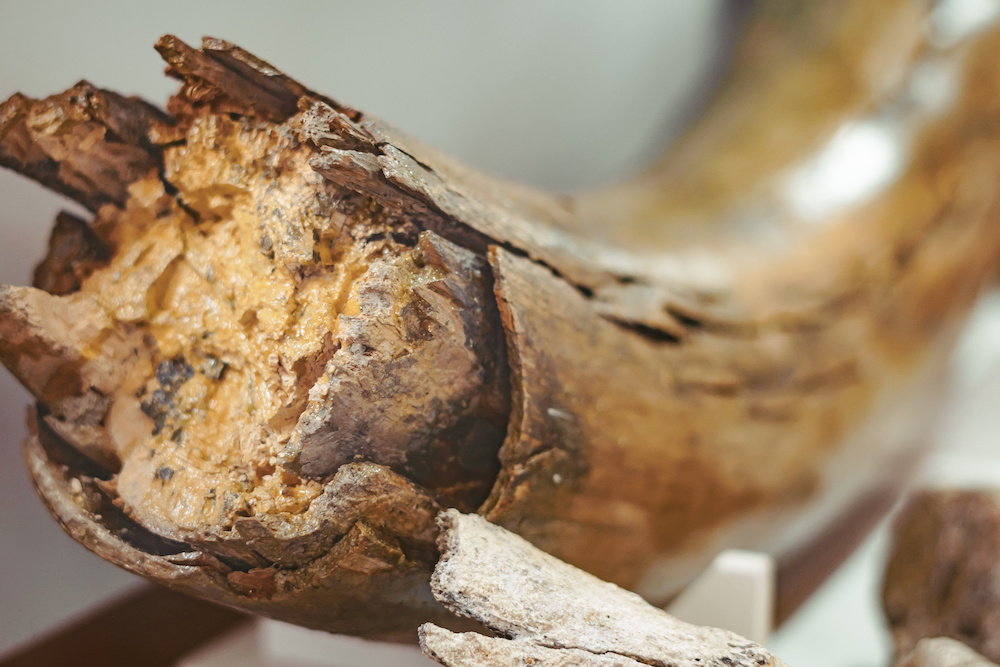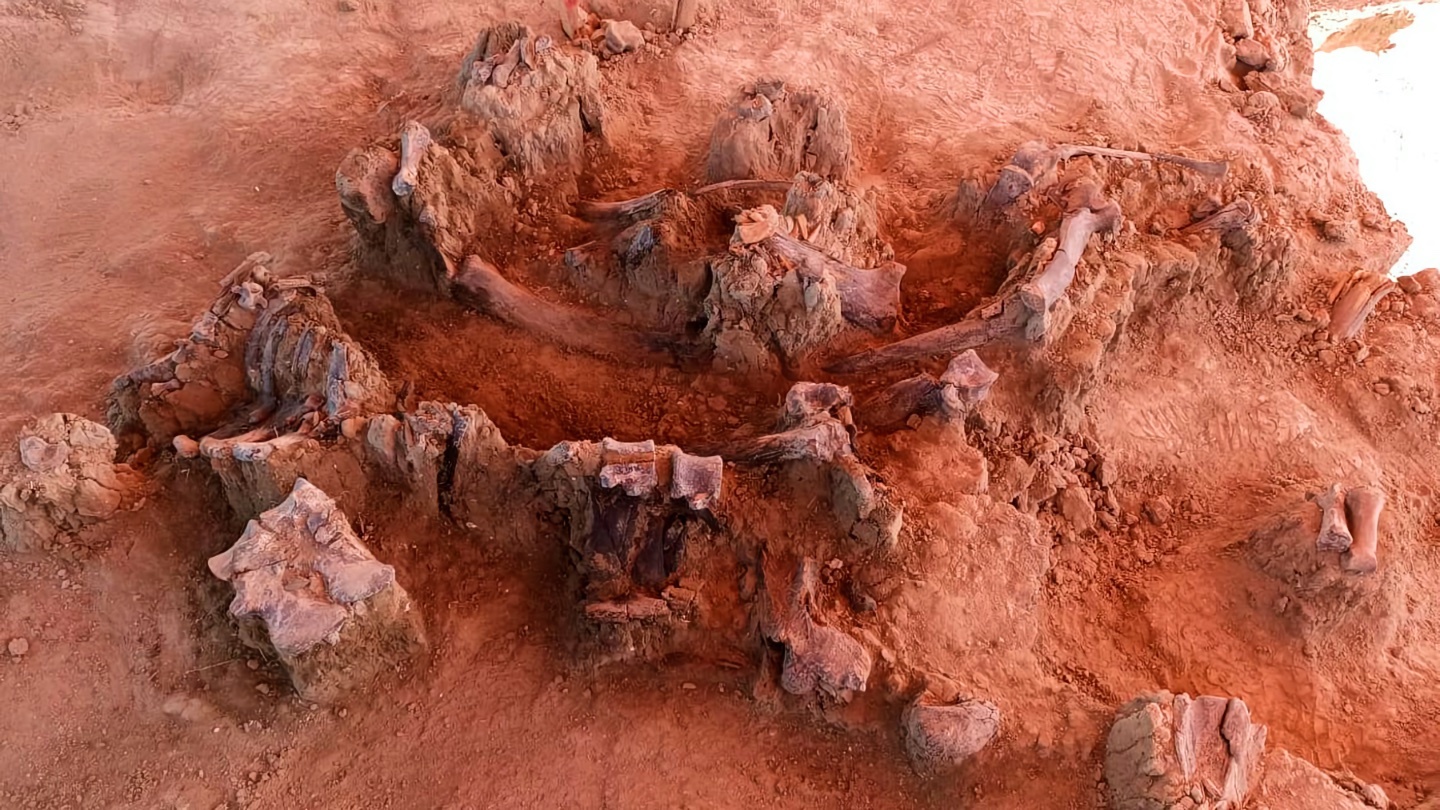Ancient mammoth tusk discovered 10,000 feet below sea

- An ancient tusk belonging to an extinct mammoth species was discovered 10,000 feet below sea level by a group of scientists.
- First discovered in 2019, the tusk was only recently recovered.
- The discovery suggests there could be many more paleontological treasures lurking in the ocean deep.
Fossils are rare objects. For one to form, an organism’s remains have to end up in a place where they are likely to be covered in sediment quickly. For the fossilization process to begin, they have to remain undisturbed for years. After that, all manner of things could happen to it and leave it little more than a pile of rocks.
But some fossils wind up in ideal environments for preservation. That was the case for a recently discovered mammoth tusk, which had spent tens of thousands of years lying on the ocean floor in a 10,000-foot-deep oceanic mountain range, where near-freezing temperatures and high pressures helped keep it in good condition. The fossil, estimated to date back more than 100,000 years, is one of the oldest mammoth tusks ever discovered in North America.
A discovery 0.55 leagues under the sea
In 2019, researchers with the Monterey Bay Aquarium Research Institute were exploring an underwater mountain, known as a seamount, located about 150 miles off the coast of California with a remotely operated underwater vehicle when its operators noticed something usual on their feed: an elephant-tusk-sized object sitting 3,070 meters underwater.
The team used the vehicle to attempt to grab the object, but ended up snapping off a small piece of the tip.
Two years later, researchers returned to the site to finish the job and determine what exactly they were looking at. After a delicate operation, the team was able to use their remote-controlled vehicle to bring the item to the surface, where it was confirmed to be the tusk of an ice-age giant.
The tusk is approximately 3 feet long and is thought to be from a Columbian mammoth, an ancient and unusually large hybrid between wooly mammoths and steppe mammoths. Attempts to date the tusk suggest that it is at least 100,000 years old. The researchers suggested that the mammoth, a young female, had died on the coast and currents had carried her remains far out to sea, where she remained for millennia.
The fossil is scheduled to undergo a computed tomography (CT) scan, which will reveal more information about the animal it came from. Steven Haddock, a marine biologist at the Monterey Bay Aquarium Research Institute, explained his reaction to the find in a press release:
“You start to ‘expect the unexpected’ when exploring the deep sea, but I’m still stunned that we came upon the ancient tusk of a mammoth.”
Why is it important?
The find is from the Lower Paleolithic era of Pleistocene period, which stretches from approximately 2,600,000 to 200,000 years ago and is notorious for having few well-preserved animal specimens for science to consider. The DNA taken from the tusk may help shed light on when the Columbian mammoth evolved; a recent study suggested Columbian mammoths first emerged roughly 420,000 years ago, but more data is needed to confirm this.
The discovery could also provide us with more information on the lineage of the Columbian mammoth, and perhaps reveal how intermixed the species was with their woolly cousins at that time. More broadly, it shows how we might be able to find troves of paleontological treasures scattered across the deep ocean once we develop better deep-sea exploration and retrieval technologies.





